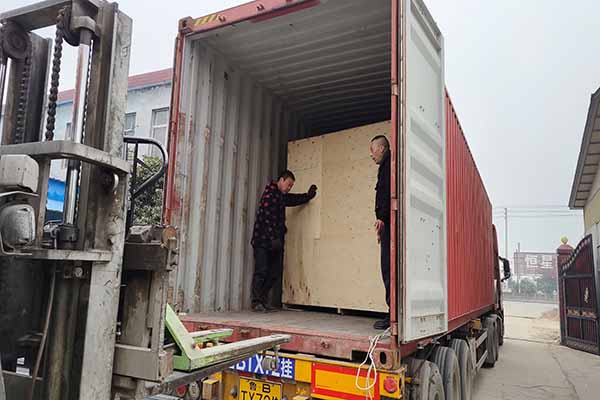Battery Cage System in Poultry: An In-Depth Analysis of Pricing and Efficiency
Time : 2025-06-28
The poultry industry, with its significant contribution to the global food supply, relies heavily on efficient and effective management systems. One such system is the battery cage system, which has become a standard in commercial poultry farming. This article delves into the intricacies of the battery cage system in poultry, focusing on its pricing and overall efficiency.
The battery cage system is a housing system for chickens, ducks, and other poultry, designed to maximize space utilization and reduce labor costs. These systems are commonly used in the production of eggs and meat. However, the cost of implementing a battery cage system can vary widely, influenced by several factors. This article aims to provide a comprehensive understanding of the pricing and efficiency aspects of battery cage systems in poultry farming.

Understanding the Battery Cage System
The battery cage system consists of individual cages that are stacked vertically, often four to eight tiers high. Each cage is equipped with a feeding and watering system, as well as a nesting area for hens. The design of the battery cage system is such that it minimizes the space required for each bird, thereby increasing the number of birds that can be housed in a given area.
One of the primary advantages of the battery cage system is its high level of efficiency. The system allows for precise control of the environment, including temperature, humidity, and lighting, which are crucial for the health and productivity of the poultry. Additionally, the system simplifies the process of egg collection and reduces the risk of injury to the birds.
Factors Influencing the Pricing of Battery Cage Systems
The cost of a battery cage system can vary significantly, and several factors contribute to this variation:
1. Size and Capacity
The size and capacity of the battery cage system are crucial determinants of its price. Larger systems, capable of housing more birds, tend to be more expensive. The cost per bird housed also decreases as the system size increases, making it more cost-effective for larger operations.
2. Material and Construction
The material used in the construction of the battery cage system can significantly impact its cost. High-quality materials, such as stainless steel, are more expensive but offer greater durability and resistance to corrosion. The construction process also plays a role, with custom-made systems generally being more expensive than standard models.
3. Additional Features
Battery cage systems can be equipped with a variety of additional features, such as automatic feeding and watering systems, ventilation systems, and nesting boxes. These features can increase the price of the system but also enhance its efficiency and productivity.
4. Installation and Maintenance
The cost of installing and maintaining a battery cage system should also be considered. Professional installation services may add to the overall cost, as well as ongoing maintenance and repairs.
Efficiency of Battery Cage Systems
While the battery cage system offers numerous advantages, it is important to consider its overall efficiency. Here are some key aspects:
1. Space Utilization
The battery cage system is highly efficient in terms of space utilization. It allows for a significant number of birds to be housed in a relatively small area, which is particularly beneficial for large-scale poultry operations.
2. Productivity
The controlled environment provided by the battery cage system can lead to increased productivity. The precise control over factors such as temperature, humidity, and lighting can contribute to better growth rates and egg production.
3. Health and Welfare
The design of the battery cage system is intended to promote the health and welfare of the birds. However, concerns have been raised regarding the living conditions of the birds in such systems. It is important for poultry farmers to ensure that the systems are properly maintained and that the birds are well cared for.
Conclusion
The battery cage system in poultry farming is a complex and multifaceted system, with pricing and efficiency being critical considerations. While the initial cost of implementing a battery cage system can be significant, the long-term benefits, including increased productivity and space utilization, can make it a worthwhile investment for many poultry farmers.
When considering the installation of a battery cage system, it is essential to weigh the costs against the potential benefits. By carefully evaluating the various factors that influence pricing and efficiency, poultry farmers can make informed decisions that align with their operational needs and goals.
<img src="https://zp.qualitychickenfarm.com/imgs/layer-bat tery-cage-system-successfully-shipped-to-zimbabwe.jpg” alt=”inserted image”>
tery-cage-system-successfully-shipped-to-zimbabwe.jpg” alt=”inserted image”>











